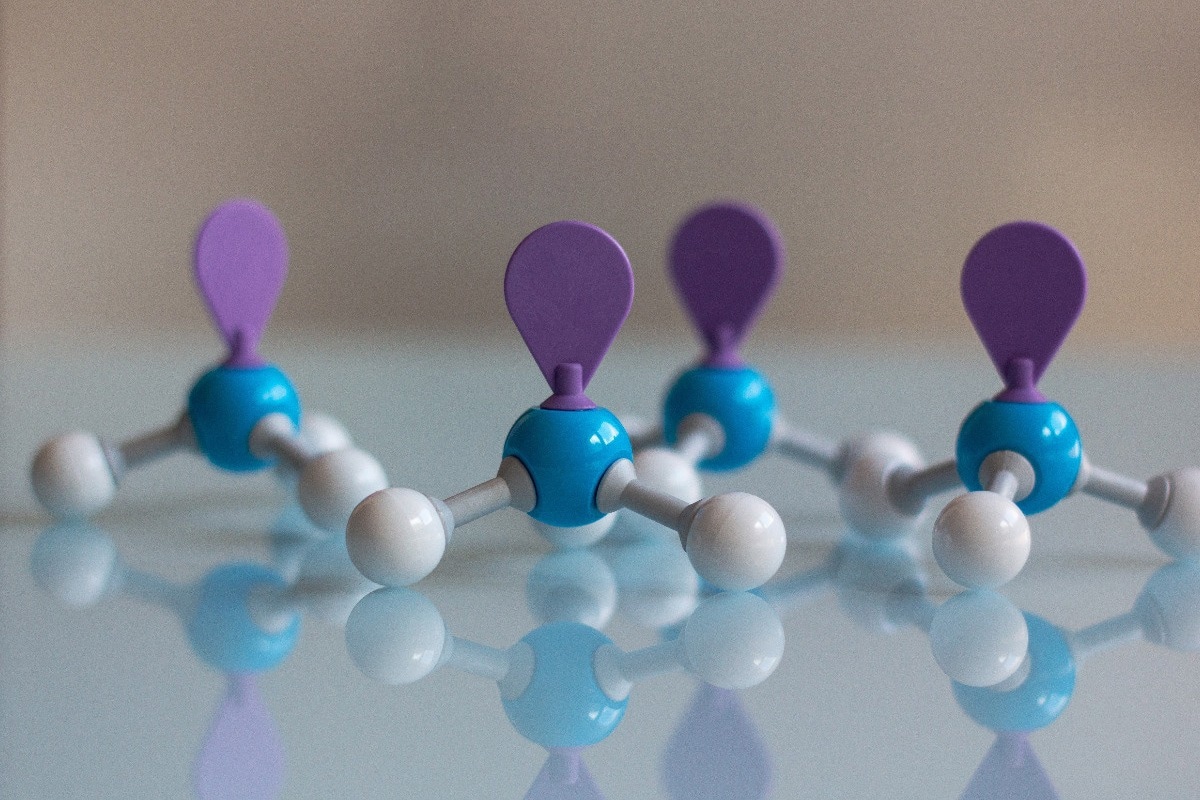A group of researchers from the University of Central Florida and Virginia Tech published key observations about the electrochemical synthesis of ammonia, expanding sustainable fertilizer research and thus assisting global food safety efforts.

While there are many research efforts on electrochemical ammonia production, the underlying mechanisms have yet to be better understood. Image Credit: Adobe Stock
Ammonia, a nitrogen and hydrogen compound, is a key component in many fertilizers used in agriculture. However, its primary manufacturing method, the Haber-Bosch method, is energy and fuel-intensive, consuming 3% to 5% of global natural gas output and accounting for more than 1% of global carbon emissions.
Researchers discovered the most effective method of producing ammonia through a more sustainable production method—electrochemically—by using the metal ruthenium as a catalyst. According to the investigators, this method of production can be more sustainable if electricity from renewable sources, like solar or wind, is used to power the electrochemical synthesis.
The findings were recently published in the journal ACS Energy Letters.
Though there are many research efforts on electrochemical ammonia production, the researchers noted that the underlying mechanisms are still poorly understood.
However, according to study co-author Xiaofeng Feng, a Professor in UCF’s Department of Physics, this new research helps provide a better image of the reaction mechanism.
The results of this in-depth work can provide important guidance to researchers on how to design more efficient catalysts towards sustainable ammonia production.
Xiaofeng Feng, Study Co-Author and Professor, Department of Physics, University of Central Florida
How They Did the Work
Ruthenium is among the most active catalysts for nitrogen reduction reactions, which produce ammonia by combining nitrogen with hydrogen from water molecules.
The investigators were able to control the synthesized nanomaterials at the atomic scale using atomic layer deposition, allowing them to test ruthenium nanoparticles ranging in size from 2 to 8 nm.
While layering ruthenium atoms into a catalytic structure, scientists found that a specific arrangement of ruthenium surface atoms—known as the D5 step site—was the most active site for the electrochemical nitrogen reduction reaction.
The D5 step site, unlike other sites, has the “perfect balance,” favoring the formation of the N2H intermediate while not being poisoned or made unable to allow new molecules to adsorb and react, according to the scientists.
Ruthenium nanoparticles with a diameter of 4 nm were discovered to have the best catalytic performance for the nitrogen reduction reaction. The activity peaked at 4 nm and then dropped fivefold as the particle size was doubled, indicating the importance of ruthenium particle size in catalysis.
Past studies by researchers to enhance the efficiency of ammonia electrochemical production aided the current study by providing mechanistic understanding and research methodology.
Collaborative Research
The new study is the result of a collaboration between three research groups.
Feng and his students investigated ruthenium samples as catalysts for the electrochemical production of ammonia. Study co-author Parag Banerjee, a Professor in UCF’s Department of Materials Science & Engineering, and his students concentrated on the precise synthesis of ruthenium metal nanoparticles.
Moreover, Hongliang Xin, a Professor at Virginia Tech, and his student conducted computational studies to model and recognize the atomic structure responsible for the best catalytic performance.
According to Feng, the researchers intend to collaborate further to develop more complex, efficient materials for sustainable ammonia production using atomic layer deposition.
In addition, the catalyst materials will be used in advanced electrolyzer devices to increase the yield rate and effectiveness of electrically powered ammonia production.
Journal Reference:
Hu, L., et al. (2022) Identification of Active Sites for Ammonia Electrosynthesis on Ruthenium. ACS Energy Letters. doi.org/10.1021/acsenergylett.2c02175.